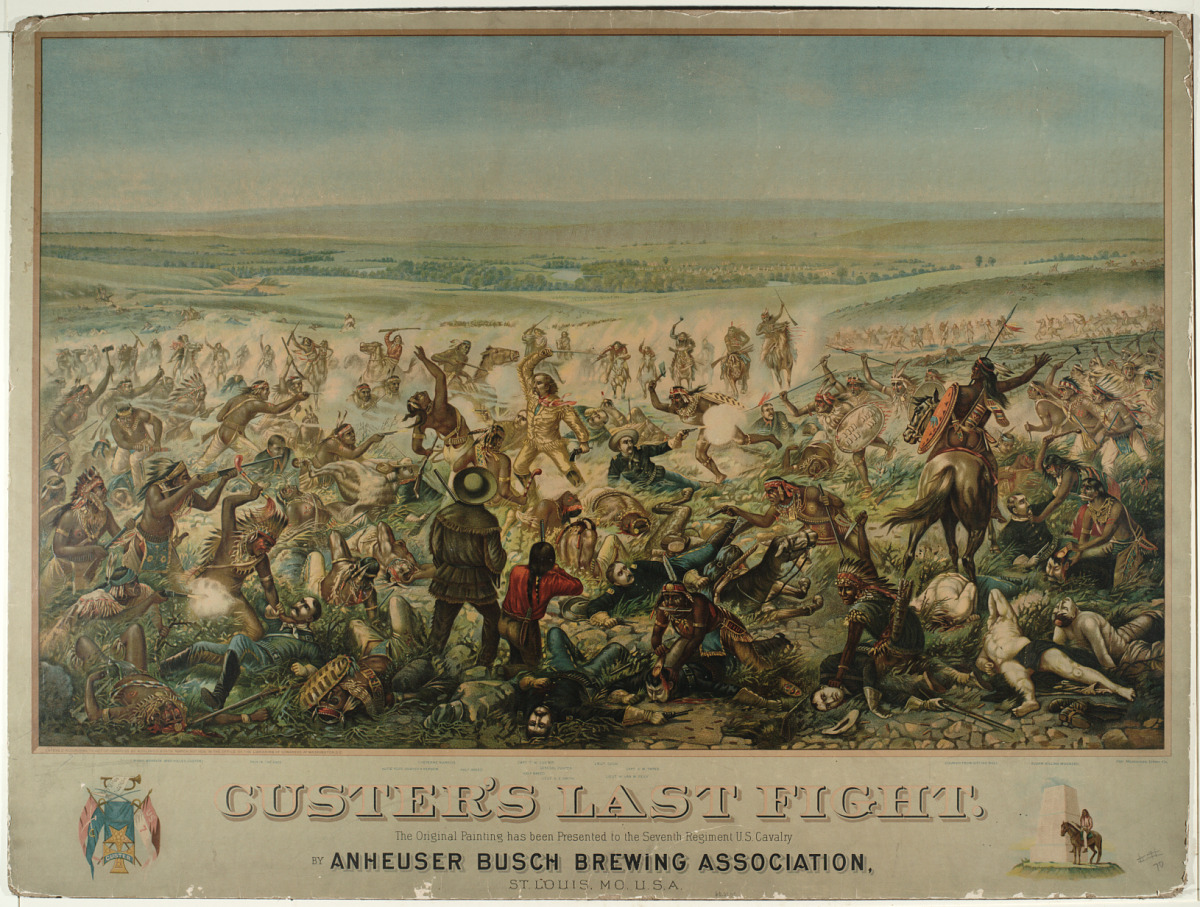ERA 5: Civil War and Reconstruction (1850-1877)
A Road They Did Not Know, by Larry McMurtry
Guiding Questions
How can interpretations of single events vary widely?
What are the primary reasons for Custer’s defeat?
Question Focus Example: Interpretations of historical events are often biased.

Chromolithograph entitled "Custer's Last Fight," National Museum of American History
Teacher-to-Teacher
What’s nice about this article is that it was written by a contemporary novelist, the late Larry McMurtry, who also wrote a biography of Crazy Horse. Students may be familiar with his Pulitzer Prize-Winning novel Lonesome Dove. The documents in this collection, along with the suggested literary connections, provide students an opportunity to explore purpose, audience, and bias as it pertains to recording and writing about historical events.
The Court-Martial of General George Armstrong Custer, by Lawrence A. Frost, Bury My Heart at Wounded Knee, by Dee Brown
- A Road They Did Not Know (February/March 1999 | Volume: 50, Issue: 1) articles_ah
- Major General George Armstrong Custer historical_images
- Custer's Last Charge (Song) historical_documents
- Custer’s Camp at Hidden Wood Creek historical_images
- Custer’s Column of cavalry, artillery, and wagons historical_images
- Sioux Treaty of 1868- Excerpts historical_documents
- Three Pronged Movements in the Sioux Expedition of 1876 historical_images
- Little Bighorn Battlefield National Monument Map historical_images

